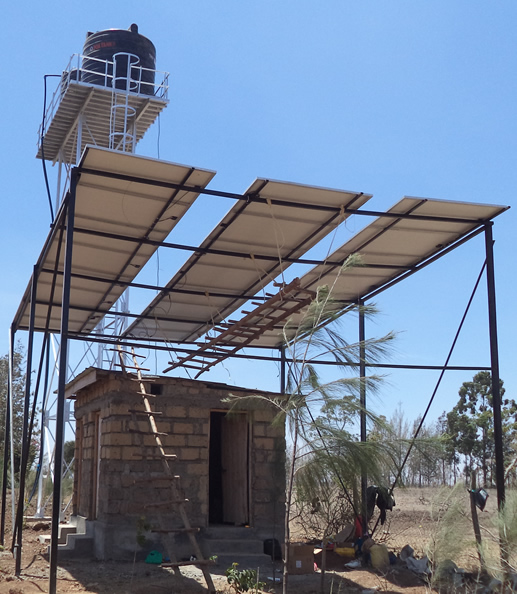 Solar water pumping is the process of using solar energy to power a pump that moves water from a well, borehole, or other source to the surface for use in irrigation, livestock watering, domestic use, or other purposes. It is a sustainable and environmentally friendly way to access water in remote areas where grid electricity is not available or unreliable.
Solar water pumping is the process of using solar energy to power a pump that moves water from a well, borehole, or other source to the surface for use in irrigation, livestock watering, domestic use, or other purposes. It is a sustainable and environmentally friendly way to access water in remote areas where grid electricity is not available or unreliable.
A typical solar water pumping system consists of a solar panels, a DC or AC pump, a solar water pumping inverter, DC disconnect, full tank sensor switch and depth level sensor and a storage tank or reservoir.
There are different types of solar water pumping systems, including submersible pumps, surface pumps, and floating pumps. Submersible pumps are installed below the water level and are suitable for deep wells or boreholes. Surface pumps are installed above the water level and are suitable for shallow wells or surface water sources. Floating pumps are installed on pontoons or rafts and are suitable for water bodies such as lakes or ponds.
Solar water pumping has numerous advantages over traditional pumping methods. It is cost-effective, easy to install and maintain, and requires no fuel or electricity. It also has a low environmental impact, as it reduces carbon emissions and conserves water resources. However, it is important to ensure that the system is properly sized and designed to meet the specific water needs of the application.
